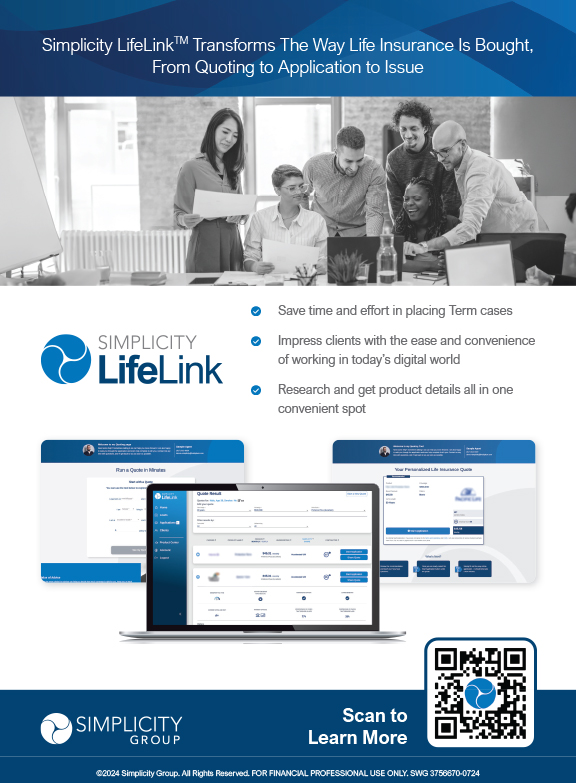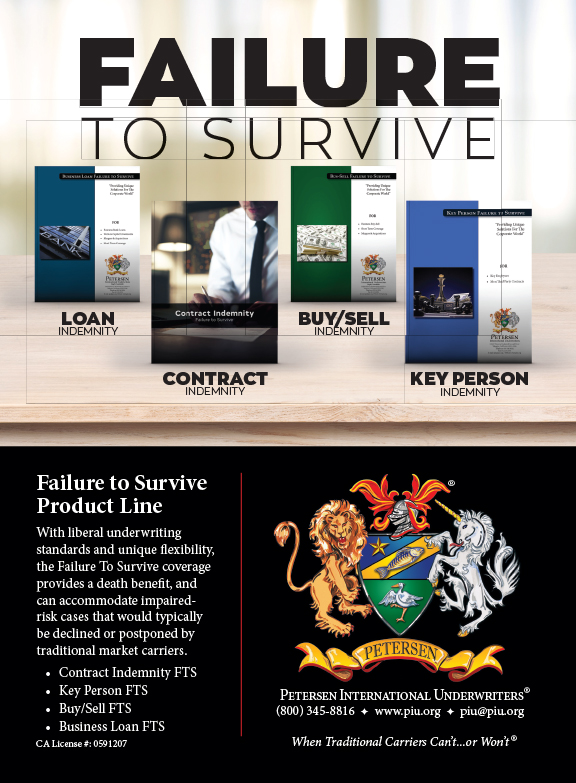There are simply those who, even after repeated exposure to the glare of the truth, are subsequently unable to admit they were wrong. Our industry suffers seriously from this flaw in human behavior. Far too many have conveniently pointed the finger of blame at those responsible for our lifeless interest environment ( whoever those people are) and not taken sufficient responsibility for the “mistakes” that were made in our past pricing assumptions. “We” got it way wrong and the damage done to all concerned is much more extensive than many are willing to admit. Stand-alone LTCI sales are a shadow of their former selves. The destruction to new sales caused by repeated rate increases is pervasive and insidious. We have unfortunately created a general public malaise and aversion to all things LTCI both in terms of those who we said were the smart ones for leveraging their risk early and those prospective buyers considering the security of policy ownership. What is of course much worse is that we have successfully decimated the ranks of those willing to help sell the product. The age-old equation is now painfully obvious to all concerned: rising premium creating falling sales culminating in a drastically reduced field force. This artificially created sales spiral is much more than just a self- fulfilling prophecy. We must first admit that it is also a self-inflicted wound.
We must first freely admit and acknowledge our own culpability. Frankly, we over built benefits, underpriced mortality and morbidity, and overestimated potential sales in the initial rush to achieve market share. We completely missed the whole side of the barn in terms of persistency and honestly we were basing our future experience on far too little actual claims data.
That has all changed! “Ding Dong the Wicked (Rate Increase) Witch is Dead!” The Society of Actuaries has recently completed a research project designed specifically to evaluate the historical potential for rate increases. The research clearly indicates that products priced today are much less likely to have future rate increases. What is absolutely certain over the last 15 years is that the need for long term care services and support, the growth of assets and income needing protection, and the certainty of a need for expensive care is now greater than ever. We have also accumulated a substantial volume of claims information upon which to more accurately base current pricing.
The conclusion of the SOA analysis is that confidence in current pricing “should” be at an all-time high. Claims data is no longer scarce. We have an abundance of claims to evaluate at this time, meaning we have reduced the potential likelihood of future rate actions. According to the SOA, “Premium stability on today’s LTCI products is at its highest.” The SOA identified a number of benefits of the new pricing stability as the study found that, “Claim experience nationwide in 2014 was 70 times more credible than in 2000.” The fact that we now have a history to evaluate has laid the groundwork for future carrier optimism concerning this market. Pricing stability contributes to:
• Greater carrier confidence in key assumptions concerning lapse, morbidity and mortality.
• Less operational administrative risk translating into lower expenses. Constant change is expensive.
• Less friction on the regulatory level and potential stress on reserves.
Restoration of consumer confidence at this point is a massive undertaking.
The Study also illuminated the validity of what we knew were serious contributing factors:
• Long term investment return has fallen dramatically from 6.4 percent in 2000 to 4.6 percent in 2014.
• Commissions have crept up during the same period of time, emphasizing first year compensation, and while administration expenses have declined.
• Based on experience, allowable margins for error have also increased.
What is important is that we have learned from our experience and that the relative predictability of current premiums has risen from a low of a 40 percent chance of a future need to raise premiums to only 10 percent today. The study also pointed out that the regulatory environment has provided evolving strength by implementing the necessity of providing adequate margins for adverse circumstances under the NAIC Model Regulations beginning in 2000 and subsequently enhanced in 2009 and 2014.
The journey now standing before us must certainly begin by joining hands with those new friends willing to take that first step on the yellow brick road as we must ask the wizard to help us restore the faith of consumers and agents alike. Together we must recognize that we have indeed survived the flying monkeys and that our strength of purpose to find a home for the risk that will not be ignored was always built upon our brains, our heart and our courage.
Other than that I have no opinion on the subject.
























